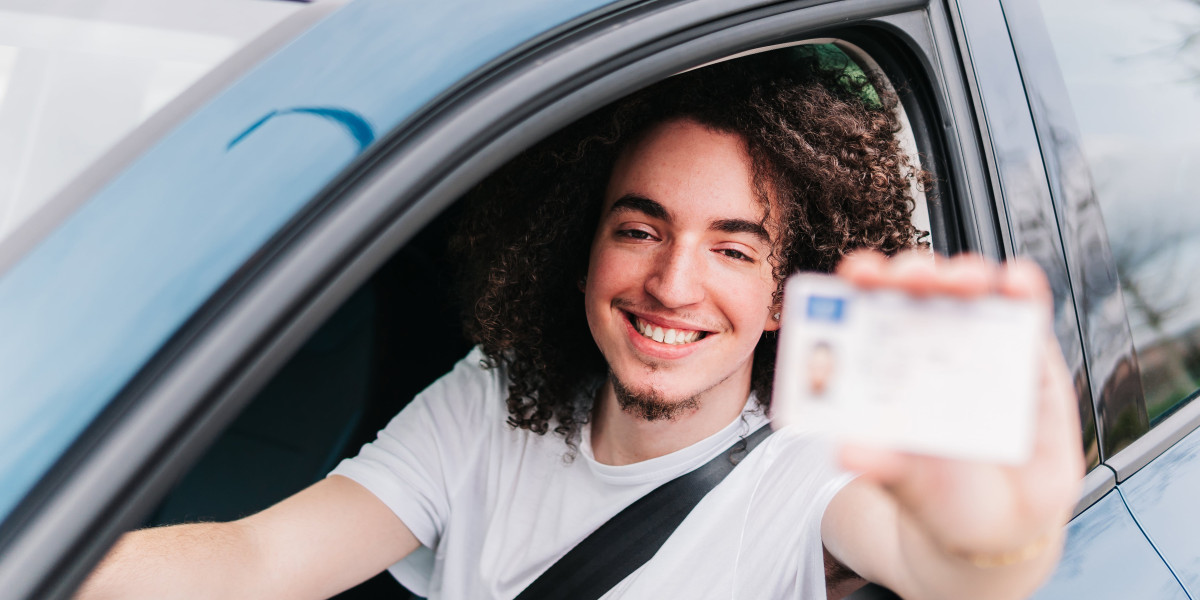Understanding the Process of Obtaining a Driver's License: An In-Depth Guide
Getting a driver's license is often viewed as an initiation rite for lots of individuals. It represents not just the ability to run an automobile legally but also the newly found self-reliance that includes it. However, the process of acquiring a driver's license can vary considerably based on geographic place, age, and personal circumstances. This post offers a comprehensive introduction of how to acquire a driver's license, what paperwork is required, and responses to regularly asked questions.

Actions to Obtain a Driver's License
The process usually involves several steps, which may vary depending upon regional regulations and the type of driver's license looked for. Below are the basic steps one may follow:

1. Identify Eligibility
Before starting the journey to get a driver's license, individuals must initially identify their eligibility based on numerous criteria, which may include:
- Age Requirement: Most locations have a minimum age requirement, often varying from 16 to 18.
- Residency: Applicants should be homeowners of the state or region where they are using.
- Legal Status: Ensure all paperwork adheres to regional laws.
2. Total a Driver's Education Course
Numerous states need new drivers to finish a driver's education course, especially for those under the age of 18. These courses normally cover the following:
- Traffic laws and regulations
- Defensive driving techniques
- Risk recognition
3. Obtain a Learner's Permit
Once the instructional requirements are satisfied, an applicant can apply for a student's permit. This enables monitored driving while practicing skills. The actions to acquire a learner's authorization normally consist of:
- Submitting an application
- Passing a written knowledge test
- Paying applicable fees
4. Practice Driving
With a learner's license in hand, brand-new buy drivers License must log a particular number of hours of practice driving, typically under the supervision of a certified adult. This useful experience is essential for constructing confidence and skills behind the wheel.
5. Set Up a Driving Test
After satisfying the practice requirements, individuals can arrange a driving test. The driving test normally consists of:
- A lorry security assessment, confirming that the vehicle is roadworthy
- Maneuvers such as turning, parallel parking, and obeying traffic signals
- A demonstration of defensive driving strategies
6. Get the Driver's License
Upon successfully passing the driving test, applicants can obtain their driver's license. The requirements for getting the license may include:
- Submission of required files (proof of identity, residency, and so on)
- Payment of licensing costs
- Issuance of a provisionary or complete license depending on age and driving experience
7. Acquaint Yourself with Driving Regulations
Having gotten a driver's license, it's vital to stay educated about local driving laws, regulations, and any changes that may take place. Awareness of laws referring to speeding, driving under the influence, and seat belt usage can prevent future legal concerns.
Documentation Required to Obtain a Driver's License
The paperwork required during the application procedure can vary by region, but usually includes:
- Proof of Identity: This might include a birth certificate, passport, or social security card.
- Evidence of Residency: Documents like utility costs or bank statements showing the candidate's name and address.
- Completion Certificate: Proof of completion for a driver's education course, if applicable.
- Student's Permit: If the candidate is transitioning from a learner's permit.
Typical FAQs
1. For how long is a driver's license valid?
The credibility period for a driver's license varies by jurisdiction. In numerous locations, licenses must be restored every 4 to 8 years. Inspect regional regulations for particular details.
2. What should I do if I stop working the driving test?
If you stop working the driving test, stay calm. Each state normally permits retaking the exam after a set waiting duration. Use the time to practice and reinforce your abilities.
3. Can I drive with a learner's license?
Yes, but just when accompanied by a certified grownup who satisfies specific requirements, such as being over a particular age and having a valid driver's license.
4. Exist extra requirements for industrial licenses?
Yes, people seeking a commercial driver's license (CDL) should undergo extra training and screening specific to the type of car they plan to operate, including specific medical requirements.
5. What are the restrictions on a provisional license?
Provisional licenses often come with particular limitations, such as limits on nighttime driving or bring passengers. Acquaint yourself with these guidelines to prevent charges.
6. How can I prepare for the composed knowledge test?
To get ready for the written knowledge test, study your state's driver handbook, take practice tests available through numerous online platforms, and think about enrolling in a driver's education course if you have refrained from doing so already.
Acquiring a driver's license is a substantial turning point that requires mindful preparation and adherence to local policies. By understanding the steps included, collecting the necessary paperwork, and remaining notified about driving laws, prospective drivers can navigate this procedure smoothly. As more individuals take to the roadways, knowing the requirements and knowing security steps becomes progressively vital. With diligent practice and awareness, the journey from student's permit to full-fledged driver can be a fulfilling experience, signifying both freedom and responsibility.



